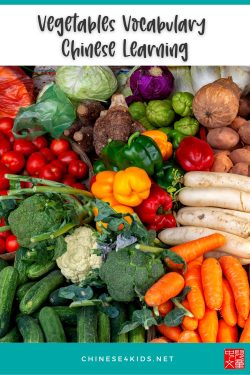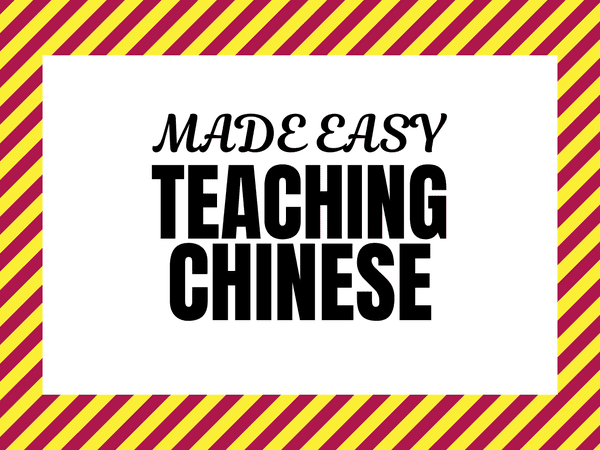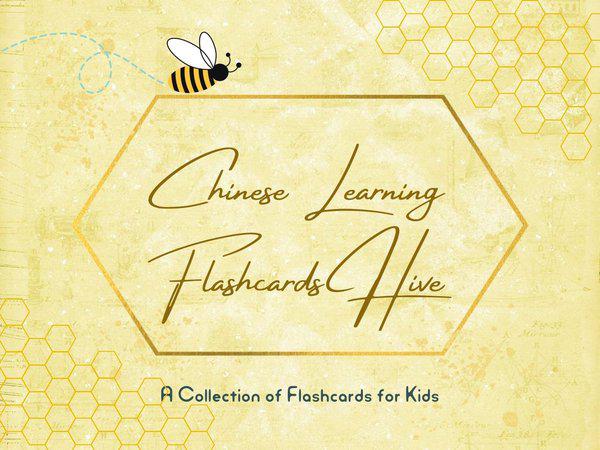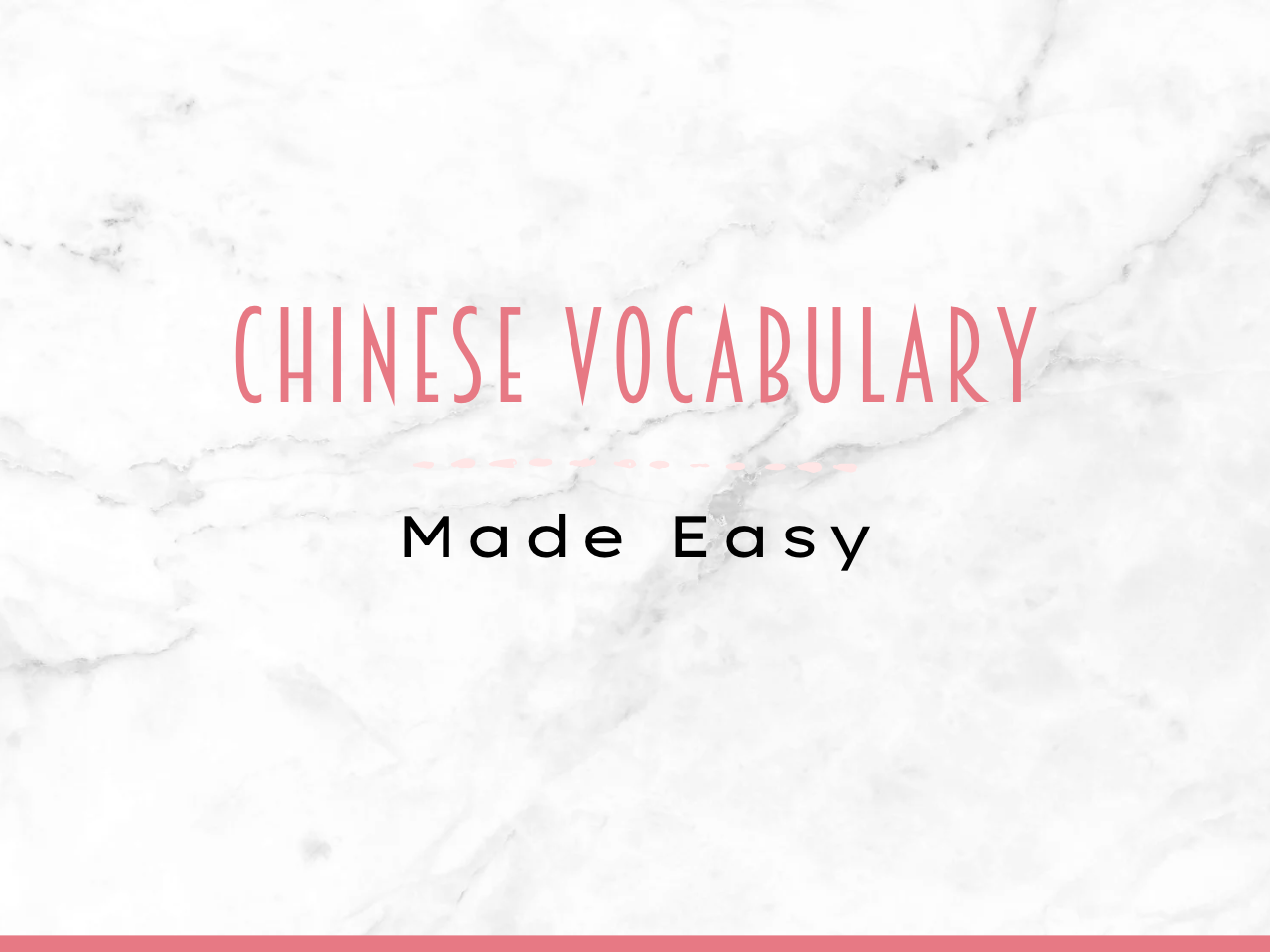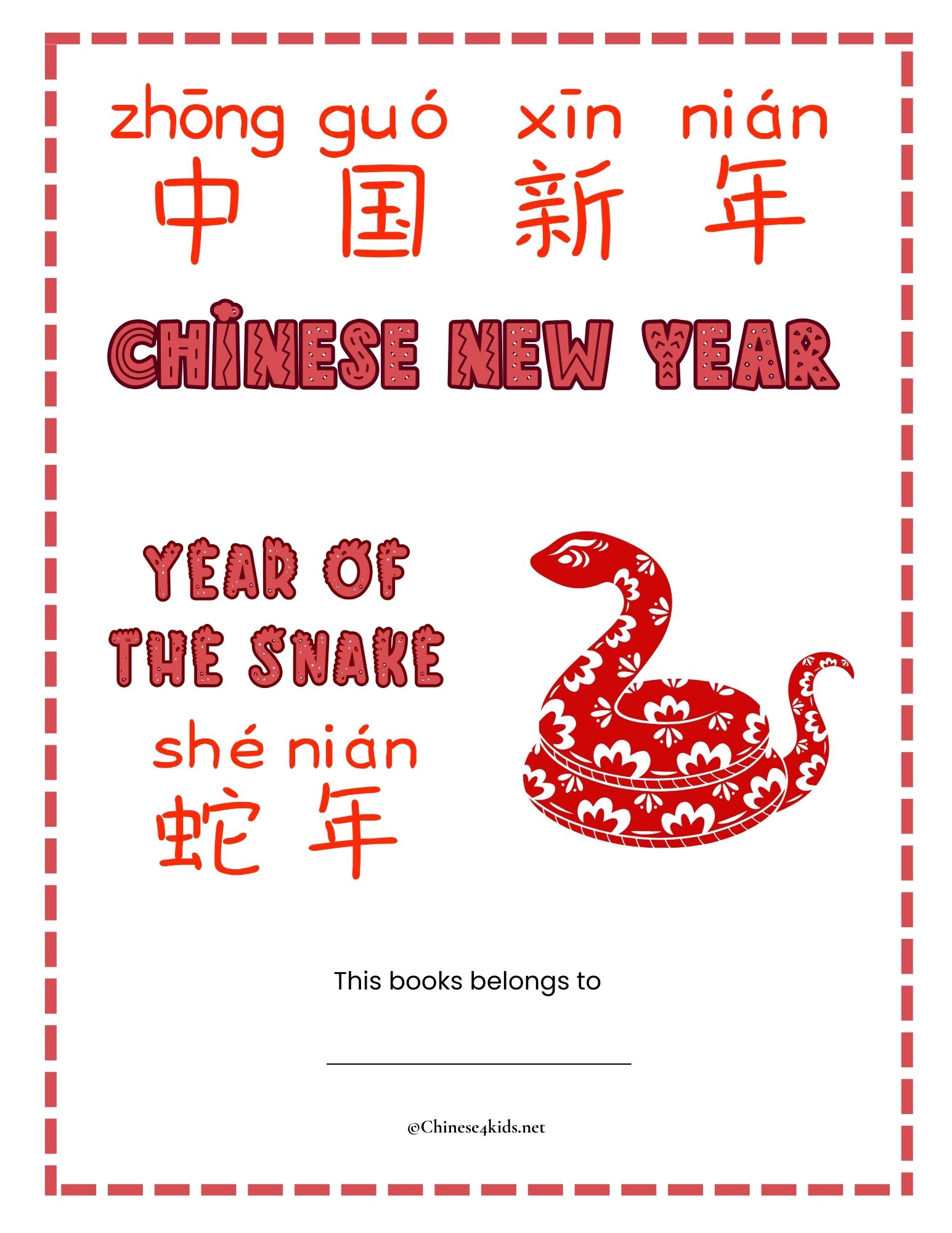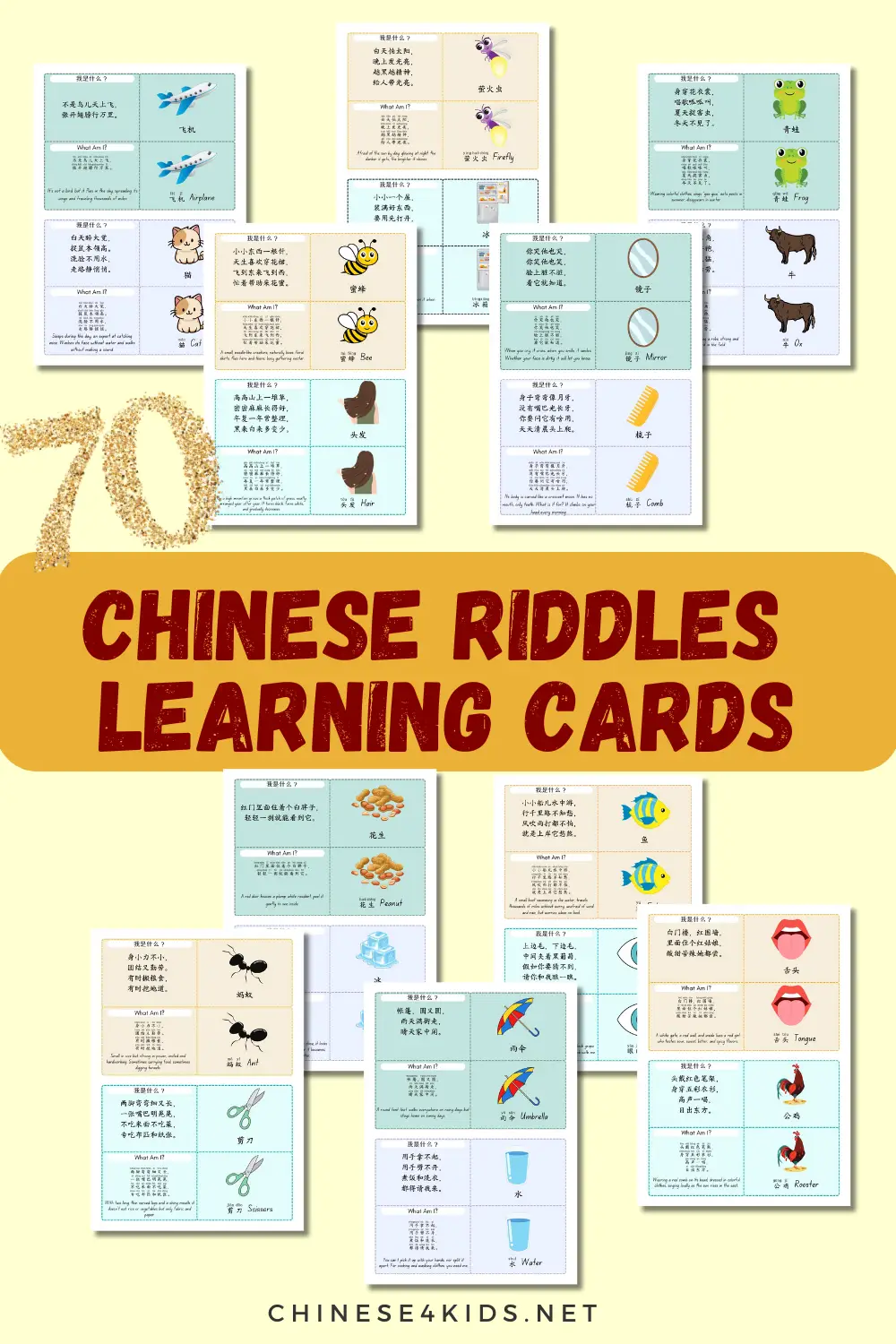
Home » Basic Chinese Vocabulary » Unlock the Flavors: Explore Vegetable Chinese Vocabulary
Unlock the Flavors: Explore Vegetable Chinese Vocabulary
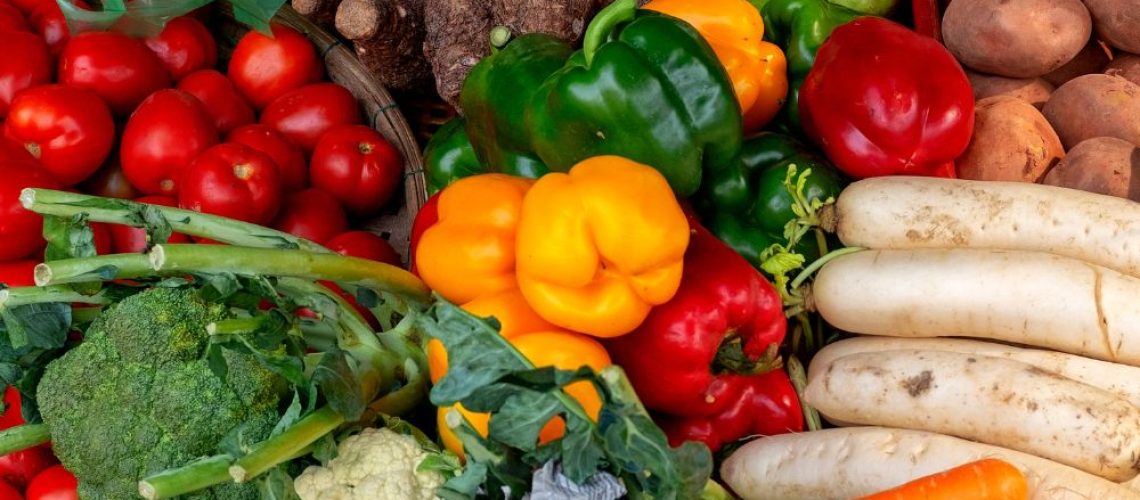
This series of posts introduce Chinese vocabulary on various topics of food as follow:
🥗 Common Food Vocabulary
🍎 Fruit
🥦 Vegetable
🌭 Fast Food
🥛 Beverage
🎂 Dessert
🥟 Chinese Food
Vegetable Chinese vocabulary are useful for us to learn as they are a vital component of cuisine and we eat them everyday. Vegetables are a vital component of cuisine, adding color, flavor, and nutrition to a wide array of dishes. Whether you’re a food enthusiast, a traveler, or simply curious about general culture, learning common vegetable words can enhance your culinary knowledge. In this blog post, we’ll introduce you to vegetables, from carrots to Chinese cabbage, along with their names in Chinese.
Common Vegetable in Chinese
Like fruit, the Chinese names for vegetable are often of 2 or 3 characters. Sometimes you can find color word to indicate the color of the veggie, such as 黄瓜,白萝卜,白菜,etc. Or, a specific word indicating the characteristic of the vegetable is used, for example, 瓜 (melon): 南瓜(pumpkin), or 黄瓜 (cucumber). Here are some common vegetable in Chinese.
胡萝卜 (hú luó bo) – Carrot:
Carrots are not only a staple in Chinese stir-fries but also a popular ingredient in soups and salads.包菜 (bāo cài) – Cabbage:
Cabbage is used in a variety of Chinese dishes, including dumplings and hot pots.洋葱 (yáng cōng) – Onion:
Onions add depth of flavor to many Chinese recipes, from fried rice to savory sauces.大蒜 (dà suàn) – Garlic:
Garlic is a fundamental ingredient in Chinese cooking, lending its pungent aroma and taste to countless dishes.花菜 (huā cài) – Cauliflower:
Cauliflower is often stir-fried with other vegetables or used in Chinese-style curries.西兰花 (xī lán huā) – Broccoli:
Broccoli is appreciated for its vibrant green color and is used in both Chinese and fusion cuisine.西葫芦 (xī hú lu) – Zucchini:
Zucchini is gaining popularity in Chinese cooking and is used in dishes like stir-fries and noodles.白萝卜 (bái luó bo) – White Radish:
White radish is a versatile vegetable used in soups, stews, and pickles.西红柿 (xī hóng shì) – Tomato:
Tomatoes are used in Chinese sauces, soups, and as a base for braised dishes.蘑菇 (mó gu) – Mushroom:
Mushrooms come in various varieties and are used in stir-fries, hot pots, and as fillings for dumplings.土豆 (tǔ dòu) – Potato:
Potatoes are used in Chinese cuisine to add heartiness to stews and as a filling for dumplings and pies.甜菜根 (tián cài gēn) – Beetroot:
Beetroot is not as common in Chinese cuisine but can be found in some salads and health-conscious dishes.南瓜 (nán guā) – Pumpkin:
Pumpkin is used in both savory and sweet Chinese dishes, such as pumpkin congee and pumpkin pancakes.玉米 (yù mǐ) – Corn:
Corn is a popular addition to many Chinese soups and stir-fries, providing sweetness and texture.黄瓜 (huáng guā) – Cucumber:
Cucumbers are often enjoyed fresh in salads or pickled as a side dish.茄子 (qié zi) – Eggplant:
Eggplants are used in classic Chinese dishes like “Mapo Tofu” and “Fish-Flavored Eggplant.”灯笼椒 (dēng lóng jiāo) – Bell Pepper:
Bell peppers add color and crunch to stir-fries and are often used in Sichuan cuisine.辣椒 (là jiāo) – Chilli Pepper:
Chilli peppers are used to add heat and spice to many Chinese dishes, especially in Sichuan and Hunan cuisines.菠菜 (bō cài) – Spinach:
Spinach is a nutritious leafy green often used in soups and stir-fries.大白菜 (dà bái cài) – Chinese Cabbage:
Chinese cabbage, also known as “Napa cabbage,” is a key ingredient in dishes like “Hot Pot” and “Kimchi.”
Learn the Words
Sample Sentences
蒜和洋葱一起炒,味道很好。
Suàn hé yáng cōng yīqǐ chǎo, wèidào hěn hǎo.
Garlic and onions sautéed together taste great.番茄鸡蛋是一道经典的早餐。
Fānqié jīdàn shì yīdào jīngdiǎn de zǎocān.
Tomato and egg is a classic breakfast dish.白萝卜汤是冬天的美味。
Bái luó bo tāng shì dōngtiān de měiwèi.
White radish soup is a winter delight.炸茄子是我最爱的小吃之一。
Zhá qié zi shì wǒ zuì ài de xiǎochī zhī yī.
Fried eggplant is one of my favourite snacks.蘑菇汤非常美味。
Mó gu tāng fēicháng měiwèi.
Mushroom soup is very tasty.辣椒能让食物更辣。
Là jiāo néng ràng shíwù gèng là.
Chili peppers make food spicier.我们的沙拉里加了胡萝卜片。
Wǒmen de shālā lǐ jiāle hú luó bo piàn.
We added carrot slices to our salad.
Vegetable Chinese Words Flashcards
We’ve made Vegetable Chinese Learning Montessori 3-Part flash cards as shown in the image above. You can get them in our shop.
Learning Chinese vegetable vocabulary opens up a world of culinary possibilities, allowing you to explore the flavors and techniques that make Chinese cuisine so diverse and delicious. Whether you’re cooking authentic Chinese dishes at home or enjoying local cuisine during your travels, these vegetable names in Chinese will enrich your food experience and deepen your connection to Chinese culture. So, embrace the vibrant world of Chinese vegetables and savor the wholesome goodness they bring to the table.
If you like this post, share it,
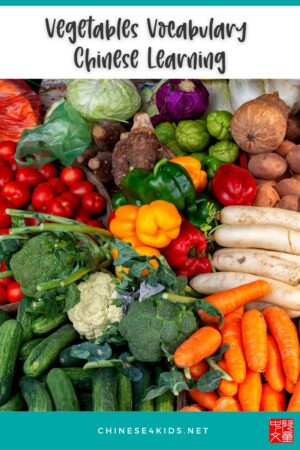
You May Also Be Interested:
- Chinese4kids Membership – a portal for busy Chinese teachers and parents
- Chinese learning flashcards Hive – a flashcards library that with regular additions of new quality Chinese learning flashcards
- Chinese learning worksheets collection – Also a part of Chinese4kids membership, this collection is for teachers and parents who want to have access to engaging worksheets and activity sheets created for kids learning Mandarin Chinese as an additional language
- Speak Chinese with Kids Course
- Chinese Vocabulary Made Easy Course
Recent Posts
Join Our Membership
Enroll to A Course
Buy An eBOOK
Our Posts
